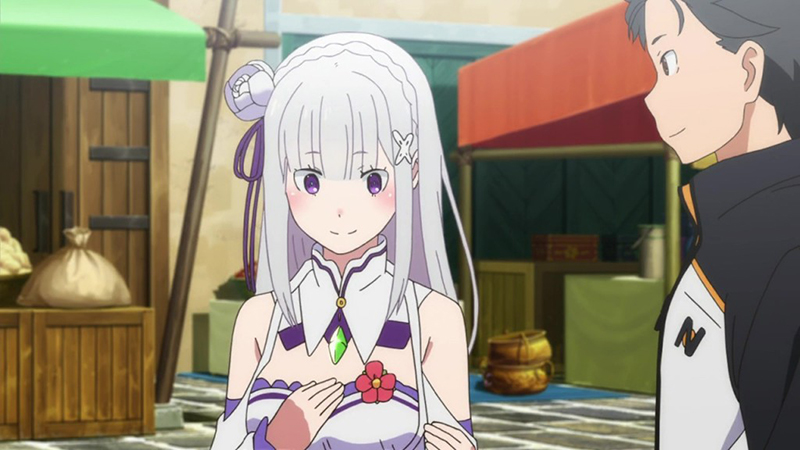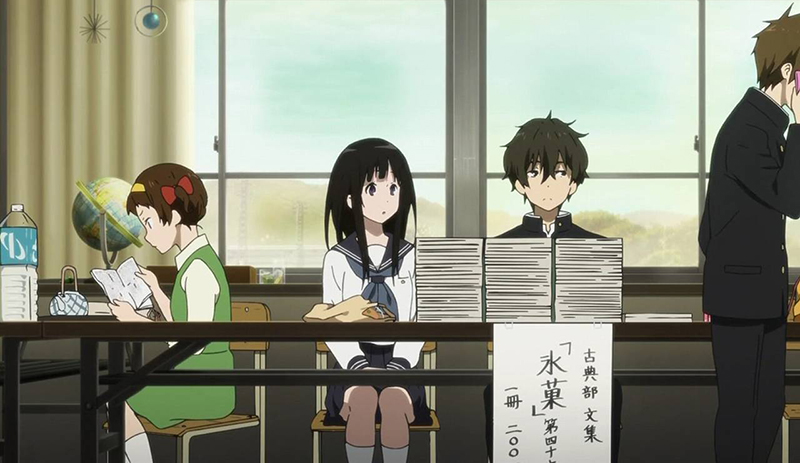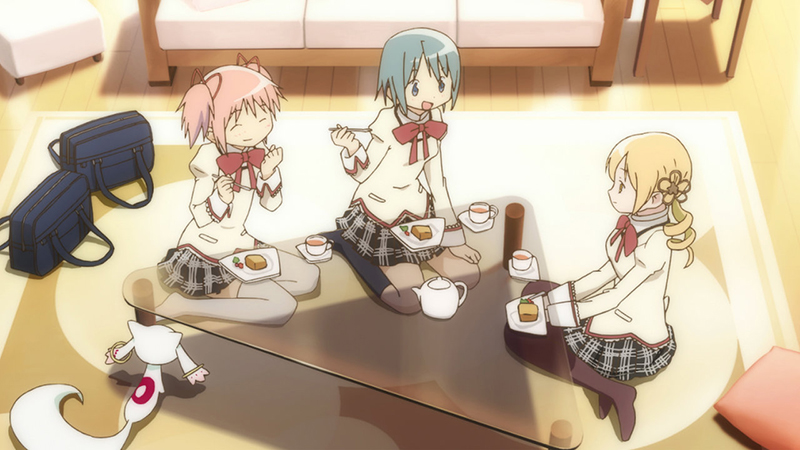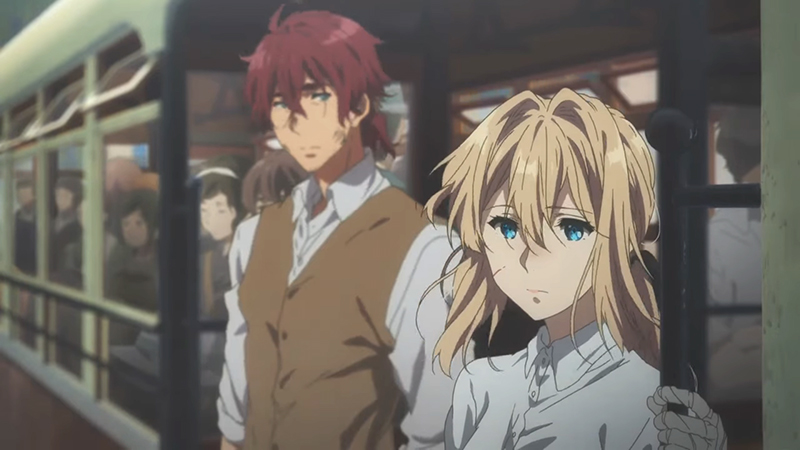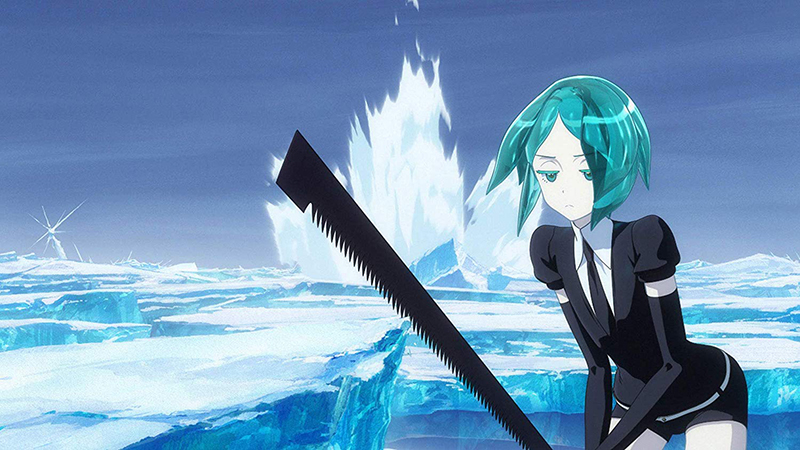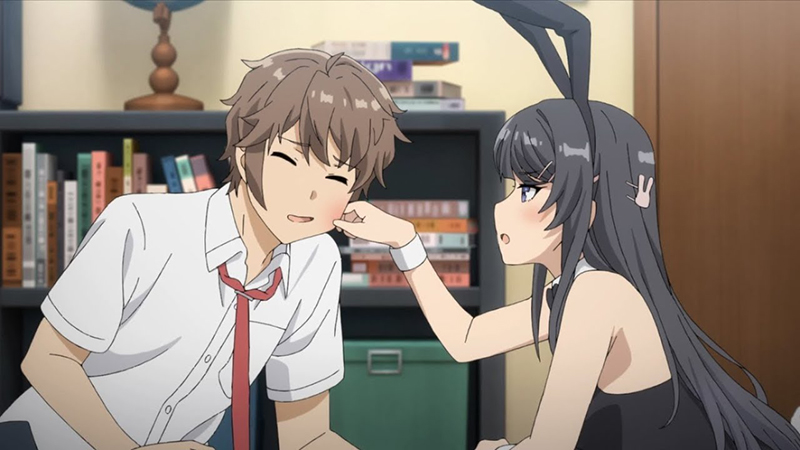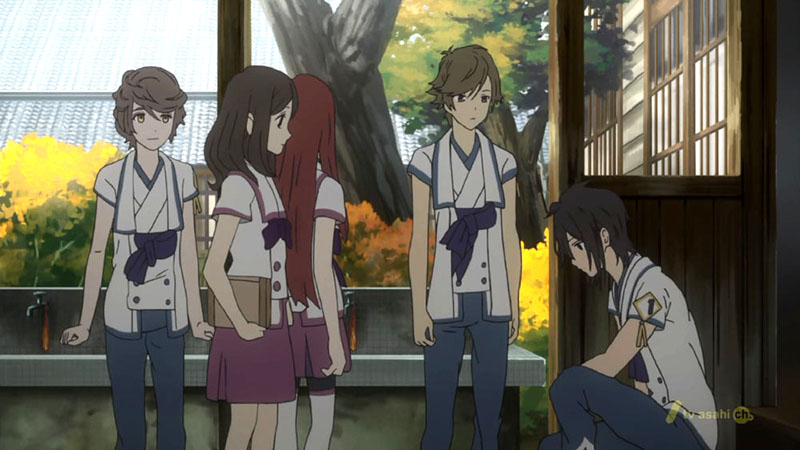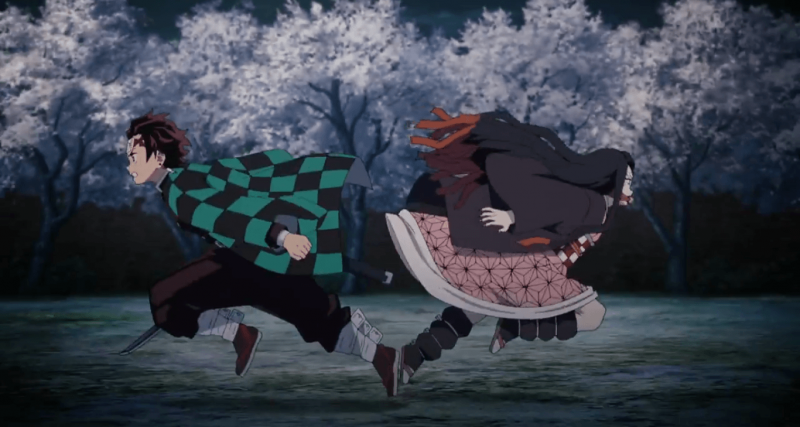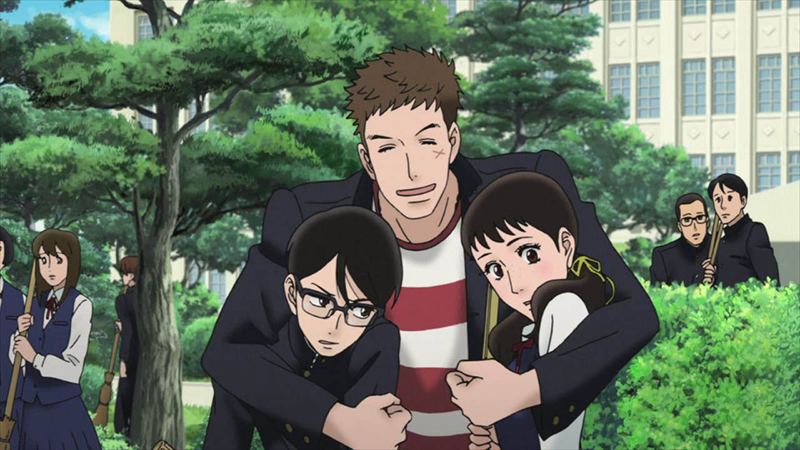FirstPerson Shooter’s Top 10 Anime Series of the 2010s
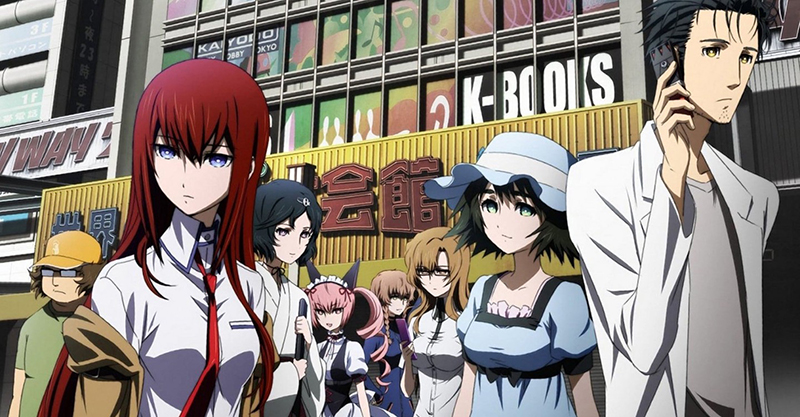
The sheer volume of anime series that are available for us to watch in the US these days makes paring this list down to 10 incredibly challenging. So many series were enjoyable and worth recommending, I had to leave some amazing shows on the table, such as Golden Kamuy, Mob Psycho 100, Made In Abyss, One Punch Man, The Promised Neverland, ERASED, Your Lie in April, … you get the idea.
Also not on this list is My Hero Academia. I will explain why at the end of the article, which you will see assuming my decision to leave it off doesn’t make you stop reading altogether.
Not ranked in any particular order, and solely representing my opinion, not some definitive list, here are my 10 favorite anime shows of the past decade.
Re:Zero (2016)
The isekai (another world) genre has become dominant in anime, and many of them are nothing more than fan fiction in which the author writes a lead character that is clearly a fantasy self. Typically they are vastly over powered and almost no obstacle is much of a challenge. Then there’s Subaru from Re:Zero. The “power” he gets upon waking up in a fantasy world after his untimely death is that he can jump back to a set point in time – after he dies. Usually a gruesome and painful death. Even more surprising than that twist is the fact that Subaru is pretty much a self-centered ass, only tolerable because he is so clumsily charming. He is of course unaware of this until it is thrown in his face in one of the many emotional gut-punches that litter this crazy ride of a show. There are scenes in Re:Zero that still give me chills (pun intended, for those in the know), years later.
Hyouka (2012)
One of the primary aspects of an anime that will hold my attention is character writing. Hyouka has excellent and complex characters with motivations that inform the plot, instead of being the way they are so the plot can happen. Chitanda nearly vibrates with earnest intensity and curiosity. Lazy Houtarou — too lazy to use his genius-level intuitive thinking for anything other than how to keep being lazy — is the polar opposite of the over-powered anime lead. He makes mistakes, costly ones, and only slowly grows out of his complacence and laziness over the entire course of the series. The show is centered around the members of the Classics Club solving mysteries, but they are small, personal mysteries and nothing that will save lives or stop crimes. Hyouka manages to make those small mysteries as compelling as any of the Agatha Christie stories they reference frequently. This is already too long so I can’t talk about what an amazing and complex character Irisu is — as a secondary character no less.
Steins;Gate (2011)
I noted in my Top 10 TV Shows article that time travel stories are really tough to do well. Steins;Gate — silly punctuation aside — is one of the best time travel stories in any medium. It is also a romance, a mystery, a thriller on par with The Manchurian Candidate, and a deeply tragic tale. I admit that I started Steins;Gate and bailed after the incredibly confusing first episode until I picked it up again a few years later. I’m very glad I did, because the show is so layered that the central time travel mystery is built around an actual real-world time travel hoax (or is it?). The main character Okabe starts the series as an almost insufferable tool but becomes a deeply tragic, sympathetic character.
Puella Magi Madoka Magica (2011)
I resisted watching this show for years despite many recommendations because of my bias that it was “just” a magical girl anime. Well, yeah, but Puella Magi Madoka Magica is a magical girl anime like Pan’s Labyrinth is a Spanish Civil War historical drama. Unabashedly gay, deeply shocking, full of disturbing twists, Madoka taught me that anime is like any other medium — don’t judge a book by its cover. And even if you aren’t interested in the story that launched a hundred dark twists on light, frothy children’s stories, watch Madoka for the incredible visuals. When Madoka, Mami, and the gang go into the pocket world in which they fight witches, the decoupage-like artwork and world design is gorgeous. There is a reason why Madoka spawned so many sequels and spinoffs and became a bona fide cultural phenomenon in Japan.
Violet Evergarden (2018)
The second Kyoto Animation series in this list after Hyouka is the stunning Violet Evergarden. I am a sucker for excellent world building and no anime in recent memory does it like Violet Evergarden. The alternate reality Europe-inspired world is set at a time similar to Europe just after World War I, but doesn’t make any clear analogues to any actual countries, people or events. It is a thing unto itself, populated with characters that seem believably real. Of course all the best world building would still be boring if the story wasn’t interesting, and boy is Violet Evergarden interesting. The title character is an emotionally stunted young woman with mechanical hands that replace the ones she lost as a soldier, trying to learn what it meant when the only person she cared about said “I love you.”
Land of the Lustrous (2017)
Computer graphic animation was pretty roundly despised by most anime purists, at least until Land of the Lustrous. Studio Citrus decided it needed to use CG — its strong suit up to that point anyway — because there was no better way to portray the translucence in the look of the humanoid jewel beings, the Lustrous. But Land of the Lustrous removed the stiffness that was common to most CG anime up to that point, tapping into the computer’s potential to make stunning sakuga-filled fight scenes without over-relying on CG’s ability to compose shots impossible with a real camera. Phos and their fellow Lustrous look like individuals and the wonderful dialogue and voice acting makes them all distinct characters. Oh, and “them” is the right pronoun even if referring to just Phos – all of the Lustrous are genderless beings portrayed as casual friends or deeply committed partners with barely a hint of sexuality involved. Plus, the show is one of the funniest action-adventure anime shows ever made.
Rascal Does Not Dream of Bunny Girl Senpai (2018)
As a fan of quality character writing, Rascal Does Not Dream of Bunny Girl Senpai was a thrilling discovery. With that ridiculous name I was all set to drop this show after one episode, but that first episode was so good I was hooked immediately. The relationship between male lead Sakuta and the bunny girl herself, Mai, is one of the best I’ve seen in any anime. The back-and-forth, honest and touching dialogue puts them in the rarified air of couples like Dave and Maddie from Moonlighting, or Paul and Jamie from Mad About You. In one of the later arcs involving the central mystery of supernatural-like happenings, Sakuta’s friend Futaba says something so real and honest I could actually hear nearly every one of my female friends saying it about one of their male friends at some point.
Shinsekai Yori (2012)
Starting out as seemingly a children’s fantasy tale, Shinsekai Yori morphs into a serious, often very dark, science fiction story that explores some very deep moral and ethical questions. I know I said this list was in no order, but this series might have been my favorite of the decade if not for one problem. It seems the studio ran into financial (or maybe staffing) problems midway though production and the animation quality — simplistic to start with already — dropped off a cliff for a few episodes. If it was any studio other than A-1 Pictures it might not have even been finished. Following lead character Saki and her friends from grade school to young adulthood, the show slowly reveals the true and often horrifying real nature of their world.
Demon Slayer (2019)
If there can actually be something like an “instant classic” Demon Slayer is a candidate. On its face, it’s a pretty simple sword-and-supernatural shonen anime. Tanjiro trains to hunt demons after nearly all his family is slaughtered by one. All but his sister Nezuko, who is turned into a demon herself. More than just revenge, Tanjiro seeks to find a way to turn Nezuko back into a human. Simple, right? But the early 20th-century Japan is wonderfully realized, with the addition of incredibly well thought out demons. It’s the fights that make or break a shonen anime, and Demon Slayer does them like nothing I’ve seen. Studio ufotable combines CG with hand-drawn animation and traditional Japanese artistic elements to portray Tanjiro’s Water Breathing fighting style with a … fluidity … almost unparalleled.
Kids on the Slope (2012)
Shinichiro Watanabe’s Cowboy Bebop was a science fiction show with jazz. His later Samurai Champloo was an historical (OK, sort of) samurai show with hip hop. This decade he combined history and jazz into Kids on the Slope, a romantic dramedy set in the real events of the late 1960s in Japan. The relationships between the three main leads, transfer student Kaoru, tall troublemaker Sentaro and pretty class officer Ritsuko are believable and complicated. But it is Sen’s love of jazz as a drummer that bonds him to piano-playing Kaoru. And that jazz fills every episode of the show. The score was composed by the amazing Yoko Kanno, who worked with Watanabe on Bebop. The animation of the jazz playing is incredible, with Watanabe using rotoscoping of actual musicians and you can see it in Sen’s drumming most clearly. But that’s not all — the sequence in Ep. 7 with scenes of students all over the school excitedly rounding up their friends to go see something amazing is some of the most believable, fluid character movement ever drawn.
So why isn’t My Hero Academia on the list? It would be except for two things. First is that slog that is the entire Season 1. Even the most ardent fan (or would that be stan these days?) of MHA told me to just power through Season 1 because it gets really better. And that is true, it does, but having to hold your nose through the swill that is an entire first season really hurts the series overall.
Second is the character writing. Don’t get me wrong, most of the students are distinctive and endearing. And a few even have complex back stories. But nothing like most of the characters in the series in the list above. Then there’s Bakugo. No amount of back story is going to get me to accept that someone who brutally bullies the one friend that adores him the most simply because that friend has no powers of his own could ever be a hero. Bullying someone because he wants to be “the best” doesn’t make Bakugo a hero, it makes him Alex Rodriguez or Roger Clemens.
I thought about putting a compilation of clips of Bakugo being a tool below, but instead, for those that don’t want to watch a whole series about jazz, enjoy that scene I mentioned from Ep. 7 of Kids on the Slope.

